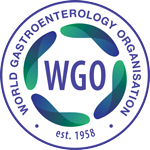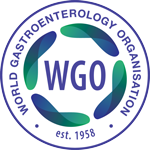Glucagon not helpful for food impactions
Review by Prof. Eamonn Quigley (USA)
Study Summary
Though commonly employed as a first line intervention, evidence for efficacy of glucagon in food impactions has been inconclusive. In this multi-center, randomized, double-blind placebo-controlled trial the authors compared glucagon (1 mg IV) with normal saline to 140 subjects presenting to the emergency department in Spain with food impaction. To define the impact of glucagon or placebo and upper gastrointestinal endoscopy was performed at least 30 minutes after and within two hours after their administration. Success, defined as clearance of the impacted material from the esophagus, occurred at similar rate in placebo and glucagon groups at 20.6% and 23.6%, respectively.
Commentary
Food impaction is one of the most common gastrointestinal emergencies and many emergency departments (EDs) have adopted a protocol whereby intravenous glucagon is used as a first line intervention. It clearly does not work – bad news for the gastroenterologist who hopes that this intervention will spare them from a midnight trip to the ED and needing to perform a challenging endoscopic procedure. The good news is that, in that 30-to-120-minute window, 20-24% had passed the bolus spontaneously. Interestingly, among those that required endoscopic treatment simply pushing the impacted material (usually chicken or beef) into the stomach was successful in 74%.
Citation
de Benito Sanz M, Tejedor-Tejada J, Mangas-Sanjuan C, Santa E, Cebrian I, Talegón R, Sánchez-Ocaña R, Pérez-Pariente JM, Pérez-Miranda M, García-Alonso FJ; GLUCAGON study group. – Double-Blind Multicenter Randomized Clinical Trial Comparing Glucagon vs Placebo in the Resolution of Alimentary Esophageal Impaction. Am J Gastroenterol. 2024;119:87-96.
Link to study
https://journals.lww.com/ajg/abstract/2024/01000/double_blind_multicenter_randomized_clinical_trial.16.aspx
View past News You Can Use commentaries

